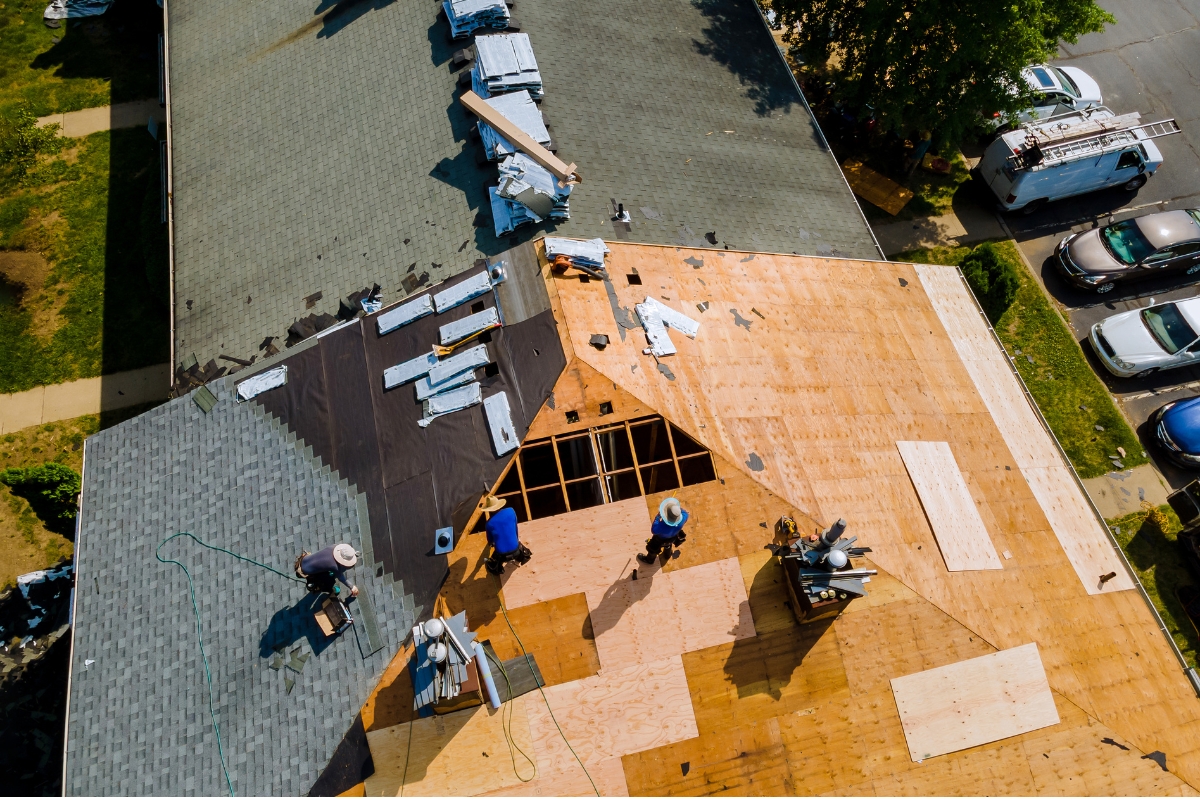In the lifespan of any building, routine maintenance and timely repairs are essential in ensuring structural integrity, equipment functionality, and overall safety. Unfortunately, the realities of budget constraints and overworked teams often lead to deferred maintenance, which can result in increased costs, emergency expenses, and unhappy tenants.
As we approach the holiday shutdown period in December to January, it is THE perfect time for construction companies and building managers to strategise and address essential maintenance tasks that may have been delayed. This is called deferred maintenance.
Although postponing maintenance activities to cut costs or reallocate budgets can seem effective at the time, deferred maintenance can have significant repercussions. When seemingly minor repairs are neglected, they can escalate into larger problems, causing backlogged issues, increased costs, and compromised building integrity.

Common Causes of Deferred Maintenance
- Working with a Fixed or Declining Budget can force maintenance teams to cut costs, which may compromise the quality of repairs and leading to further deterioration of the building.
- Lack of a Reliable Preventive Maintenance Program. Without a proactive plan, maintenance is often deferred until assets reach a critical state, resulting in unexpected work orders and escalating costs.
- Overworked and/or Short-Staffed Teams limit your resources, which may hinder a proactive approach. Additionally, an overworked team can lead to reduced productivity and burnout.
- A Lack of Knowledge or Documentation can result in incomplete or inadequate repairs, causing ongoing issues.
Risks of Delaying Repairs
As the adage goes, a stitch in time saves nine, and this applies to maintenance tasks as well. But what can happen when you neglect timely maintenance and replacements?
- Extensive, Long-Term Costs. Deferred maintenance leads to increased repair expenses over time.
- Reduced Equipment Efficiency. Extended maintenance intervals reduce equipment effectiveness and increase operational costs.
- Entire System Failure. Complete system failures can be catastrophic, jeopardising safety and health, especially in critical facilities like hospitals.
- Safety and Health Risks. Deferred maintenance can lead to hazards such as mould, mildew, and structural issues, posing risks to occupants.
- Fines from Regulatory Agencies. Failure to comply with codes due to deferred maintenance may result in fines from regulatory agencies.
- Escalation of Problems. Untreated issues can quickly escalate, causing extensive damage to various building components.
- Shorter Life Cycle. Lack of preventive maintenance shortens the operating life of equipment and structures.
- Costly Emergency Repairs. Emergency repairs are more expensive and disruptive than planned maintenance, often occurring during peak occupancy periods.
Don’t put off till tomorrow what you can do today.
Benjamin Franklin
Strategise Your Approach to December-January Downtime
As we said before, the end of the year is the ideal time to address deferred maintenance issues so that, once construction companies and building managers come back from their holiday closures, you can give them a solid plan to make sure all your tasks get completed in time.
Follow these 5 steps to get you and your property ready for an efficient 2024!
- Review Your Budgets. Assess whether you have any budgetary constraints that have led to deferred maintenance, and explore ways to allocate current and incoming funds more effectively.
- Implement Preventive Maintenance Programs. Establish proactive plans to prevent assets from reaching critical states, reducing the need for reactive repairs.
- Evaluate Staffing. Consider augmenting overworked teams with third-party assistance to enhance productivity and ensure a proactive approach.
- Prioritise Knowledge and Training. Invest in teaching and training your maintenance teams to ensure proper and effective repairs.
- Plan for Emergency Preparedness. Develop strategies for handling emergency repairs efficiently to minimise disruptions during peak occupancy periods.

By using the construction industry’s December-January downtime to address deferred maintenance, you can mitigate risks, reduce long-term costs, and enhance the overall health and longevity of your structures. Taking a proactive approach to maintenance is not just an operational necessity but a strategic tool for ensuring financial performance and building stability.
Confused about what to do? Our Star Know-How can help. Contact us today.

